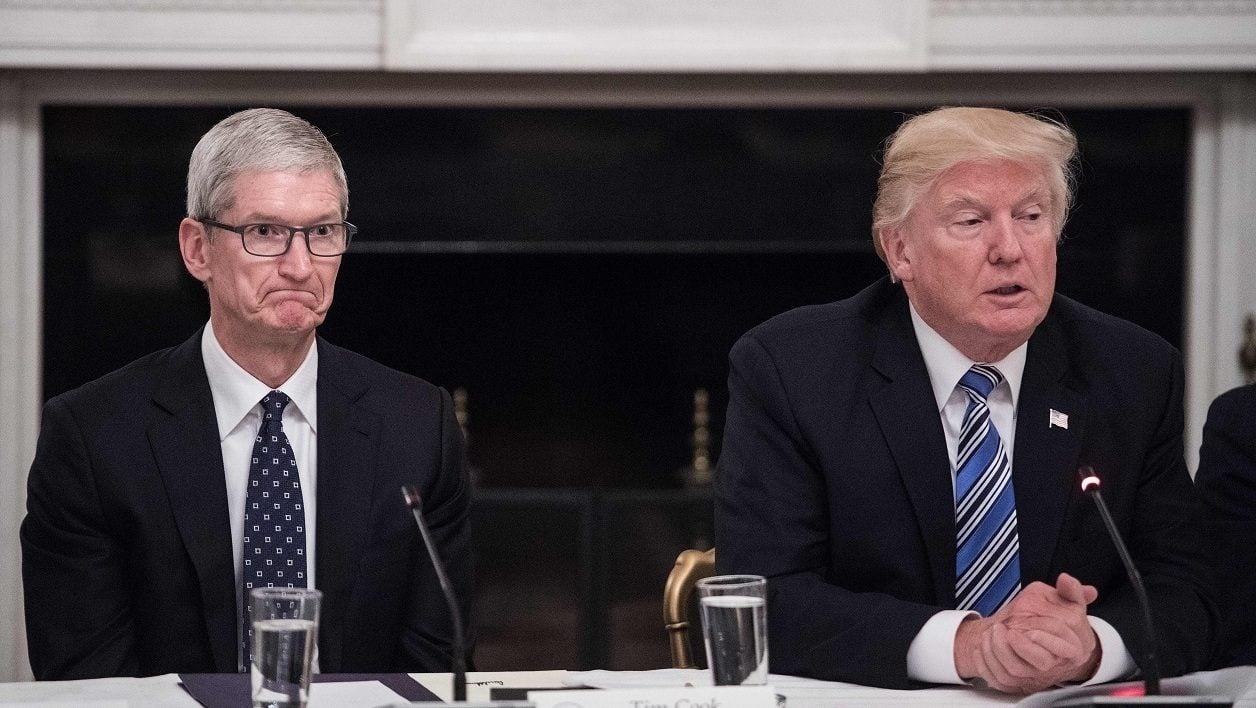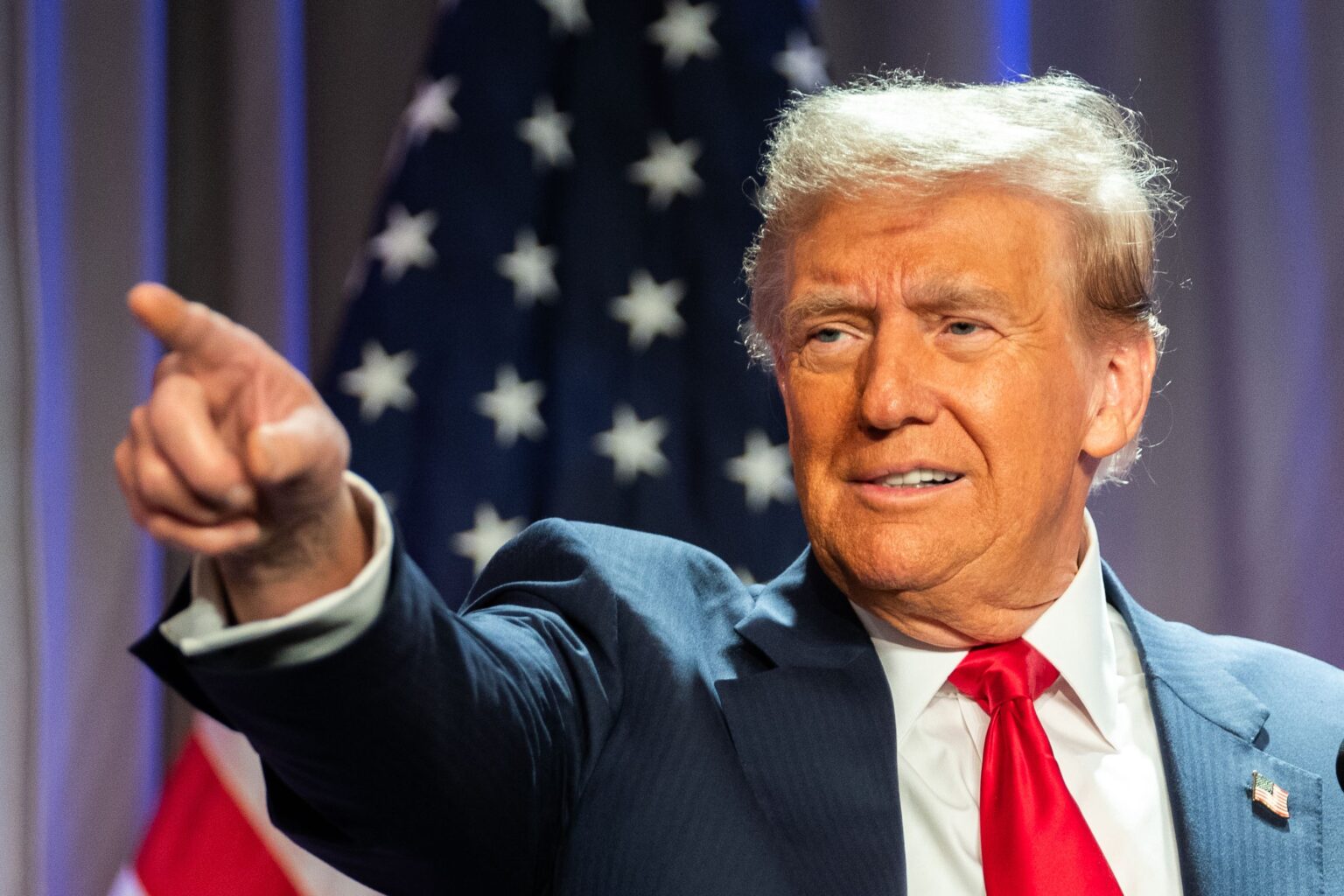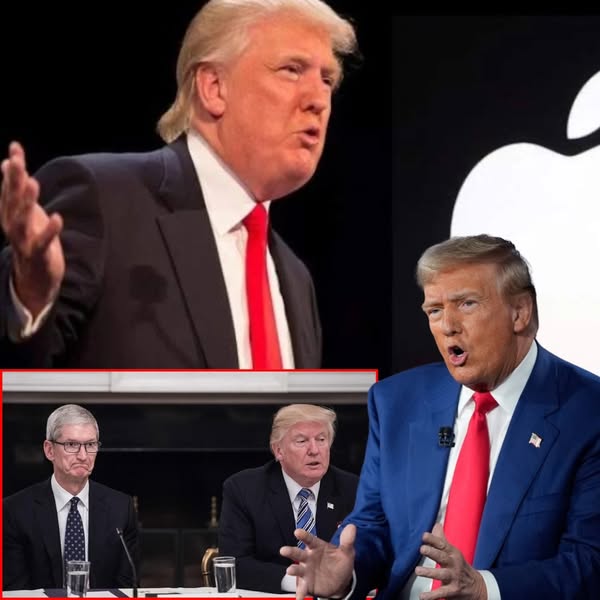
President Donald Trump on Thursday urged Apple to shift manufacturing to the United States, saying he recently told the company’s chief executive, Tim Cook, that he disapproves of the decision to move part of its supply chain to India.
“I said to him, ‘My friend, I treated you very good. You’re coming here with $500 billion, but now I hear you’re building all over India. I don’t want you building in India,’” Trump said Thursday in Qatar.
Trump appeared to reference Apple’s vow in February to invest $500 billion in the U.S over the next four years, which the company says will go toward additional hiring and a new server factory in Texas.
But a U.S.-bound relocation of Apple’s supply chain is highly unlikely, industry analysts told ABC News, pointing to the time and expense necessary to overhaul production — as well as the ongoing cost of higher wages commanded by workers in the U.S.
In theory, the U.S. could host final assembly of Apple products like the iPhone, but even that would take several years and result in higher prices for shoppers, who may then turn to cheaper alternatives, some analysts said.
“Anything is possible, provided you have a long enough timeframe and don’t care about profitability,” Avi Greengart, lead analyst at research firm Techsponential, told ABC News.
“It’s an incredibly global supply chain. If you want to move it to the U.S., you’re talking about many years, possibly decades,” Greengart added.
Trump last month exempted phones, computers and chips from so-called “reciprocal tariffs” imposed on China-made goods, which at that time amounted to a 125% levy. The move also excluded such products from a 10% across-the-board tariff imposed on nearly all imports.
The policy change provided major cost savings for Apple, which produces about 90% of its smartphones in China.
“I speak to Tim Cook. I helped Tim Cook, recently, and that whole business,” Trump told reporters at the Oval Office days after the exemption took effect.
On Monday, Trump temporarily slashed the reciprocal tariffs on China from 125% to 10% as the U.S. and China hold trade negotiations. China still faces 20% tariffs over its role in the fentanyl trade, bringing total levies on Chinese goods to 30%.
On an earnings call earlier this month, Cook said the company had shifted production of iPhones sold in the U.S. to India as a means of avoiding high tariffs.
“The majority of iPhones sold in the U.S. will have India as their country of origin,” Cook said.

However, Commerce Secretary Howard Lutnick said this month in an interview with Fox News that Trump’s vision for ushering in a “golden age” for America involved enticing manufacturers to open factories and build in the United States. And, he explained, tariffs play into that strategy.
He said that the idea is “to reshore manufacturing, to build here, to have those people who build here not pay any tariffs.”
“We’re going to have huge jobs in manufacturing. You’ve heard the president talk about trillions and trillions of factories being built in America,” he said in the interview on May 11. “Those are construction jobs, starting now, and then those products will not have tariffs on them.”
Cook noted the company already manufactures some components stateside.
“During calendar year 2025, we expect to source more than 19 billion chips from a dozen states, including tens of millions of advanced chips being made in Arizona this year. We also source glass used in iPhone from an American company,” Cook said. “All told, we have more than 9,000 suppliers in the US across all 50 states.”
Still, U.S.-based manufacturing makes up a small share of the company’s supply chain – and any major expansion would take years and carry significant costs, analysts said.
Dan Ives, a managing director of equity research at the investment firm Wedbush who tracks the tech industry, said last month that it would take three years and cost $30 billion for Apple to shift 10% of its supply chain to the U.S. The price of a U.S.-made iPhone could rise as high as $3,500, Ives said.
“Price points would move up so dramatically it’s hard to comprehend,” Ives added, describing the notion of a U.S.-made iPhone as a “nonstarter.”
The price of an iPhone 16 Pro would jump 25% alone, due to added U.S. labor expenses, Bank of America Securities analyst Wamsi Mohan told clients last month in a note shared with ABC News. Such a price hike, which excludes for instance the added cost of factory construction, would bring a $999 smartphone to about $1,250.
A small share of consumers would buy a U.S.-made iPhone even after a significant price hike, but the “vast majority” would opt for cheaper alternatives, Ben Bajarin, analyst at research firm Creative Strategies, told ABC News.
The upward pressure on prices as a result of high U.S. labor costs would render domestic manufacturing nearly impossible, presenting Apple with a dilemma, Bajarin said.
“Production will never happen in the U.S. — unless we have absolute, fully automated assembly, which completely defeats the purpose because humans won’t be doing the jobs,” Bajarin added.
